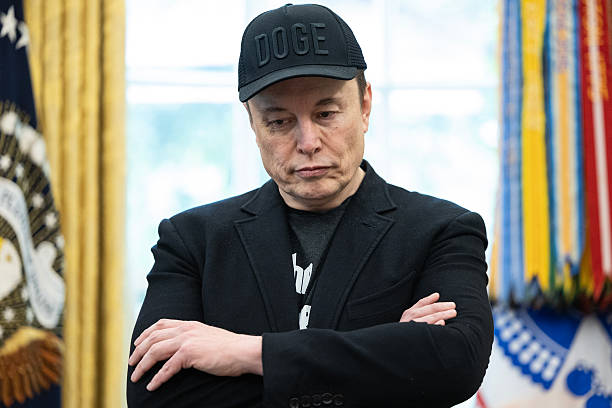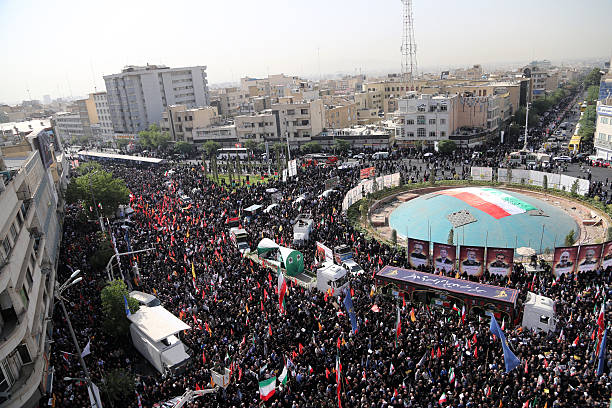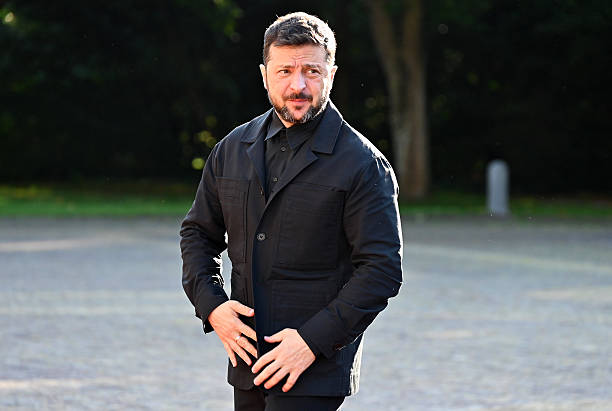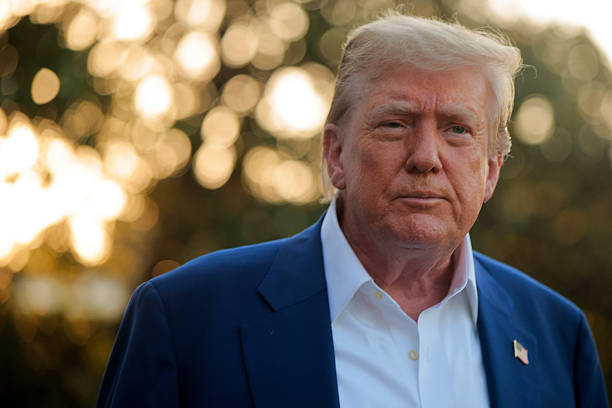GTMO detainee waterboarded 83 times in one month now wants release
Suspected terrorist Abū Zubaydah was waterboarded 83 times in a month in August 2002. This was a direct result of the assumption he had firsthand knowledge of the 9/11 attacks before they occurred. Additionally, the CIA, and other agencies, claimed he was directly linked to many other attacks, and terrorist activities.

However, after 19 years of detention, Zubaydah was never formally charged with a crime. His representatives claim the situation is not as cut-and-dried as it seems, and are petitioning for his release. Citing he is no longer a threat to America. Furthermore, stating that some of the confessions that linked him to terrorist plots, like those of the Millennium Bomber, were false confessions obtained to appease interrogators.
Pop Smoke Media was invited to sit in on his Periodic Review Board hearing and watch his appeal for freedom.
Enhanced Interrogation
The early 2000s euphemism “enhanced interrogation techniques” is among the most memorable phrases used to justify the United States’ actions following 9/11. After nearly 15 years at Guantanamo Bay Naval Base (GTMO), one of the first alleged terrorists to be tortured under the veil of “enhanced interrogation techniques” strives for freedom. Abū Zubaydah, originally known as Zayn al-‘Abd Din Mohammed, has been detained at GTMO since 2006.
Zubaydah was considered the first “important” detainee at the base following the 9/11 attacks. Yesterday morning, the Pentagon hosted a live stream of Zubaydah’s Periodic Review Board hearing in a courtroom at GTMO. Periodic Review Boards, which are part of the Periodic Review Secretariat, were created by President Obama’s Executive Order 13567 in 2011. The Review Boards allow for regular reviews of GTMO detainees who are considered “too innocent to charge and too dangerous to release.” Zubaydah is one of 71 individuals who fall into this category.
The Viewing
As the viewing began, Zubaydah appeared on screen alongside his personal representative and linguist. The alleged terrorist wore a faded yellow jumpsuit and clutched black prayer beads up to his mouth. Aside from his foot fidgeting anxiously below the defendant’s table, Zubaydah appeared calm and cognizant throughout the viewing, The live stream was relatively short, but the gist of the argument made by Zubaydah’s personal representative is that he deserves to be released.
The representative acknowledged that Osama bin Laden directly invited Zubaydah to join Al-Qaeda, but that Zubaydah turned down this offer. Zubaydah’s representative also stated that the man no longer meets the criteria for being considered a “continued threat to the U.S.” Zubaydah’s role as a cell block leader for communications between guards and detainees was given as an example of this.
The representative also mentioned Zubaydah strengthening his “organizational skills” as a positive. Though these actions seem constructive, no clarifications about what Zubaydah wants to do after his release were offered.

A Brief History of Zubaydah’s Case
Zubaydah was originally classified as a “high-value detainee” due to the fact that high-ranking U.S. officials represented him as a “senior bin Laden official,” the “former head of Egypt-based Islamic Jihad,” and a “trusted aide” to bin Laden with “growing power.”
Because of characterizations like this, the U.S. “paid $10 million” to capture Zubaydah, according to a CIA source. Zubaydah is linked to the bombings of U.S. embassies in Kenya and Tanzania in the late 1990s, and also to the USS Cole bombing in 2000.
The most notable reason for Zubaydah’s detention is his apparent knowledge of the 9/11 attacks before they happened. He also had a personal connection to the “principal architect” of 9/11, Khalid Sheikh Mohammed.
In 2002, Zubaydah was found in a safe house in Faisalabad, Pakistan, and immediately captured. The captive Zubaydah was then transported between various CIA black sites for four years. Moving from interrogation to interrogation, he eventually ended up at GTMO for more of the same.
Following Zubaydah’s arrival at GTMO, Attorney General John Ashcroft approved the use of waterboarding techniques on him. This decision helped justify the barrage of “enhanced” techniques that followed. Upset over the lack of progress in extracting information from Zubaydah, senior Bush Administration officials, including CIA Director George Tenet, National Security Advisor Condoleezza Rice, Vice President Dick Cheney, Secretary of State Colin Powell, Defense Secretary Donald Rumsfeld, and Attorney General John Ashcroft, all met to discuss the tactics that they could legally use on the him.
The chosen techniques included: waterboarding, prolonged stress standing position, beatings by use of a collar, confinement in a box, prolonged nudity, sleep deprivation, exposure to cold temperature, prolonged shackling, threats of ill-treatment, forced shaving, deprivation/restricted provision of solid food, and of course, beating and kicking. Zubaydah was the only detainee interviewed by the Red Cross that was subjected to each of these techniques.
Although most of these tactics were actually illegal at the time of Zubaydah’s capture, those in charge claimed that they were acting within the bounds of the law. This is generally attributed to state secret privileges upheld for GTMO operations. To date, no charges have been filed against Zubaydah, and it appears he will remain detained. The Supreme Court agreed to take up United States v. Abu Zubaydah earlier this year, but there is no sure answer as to how the case will end up.







Conversation